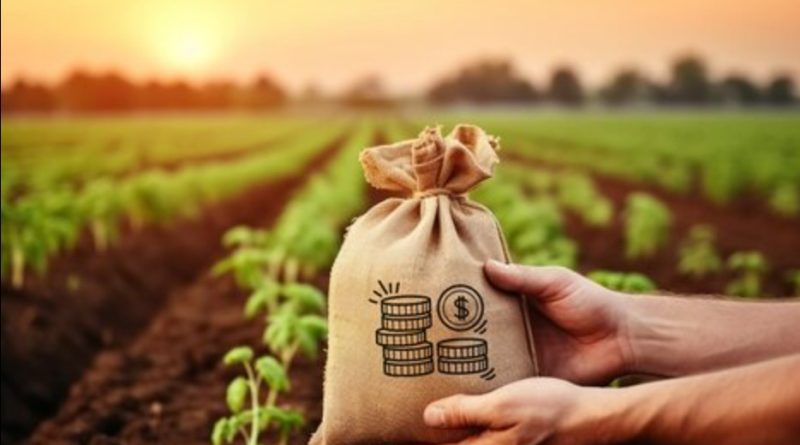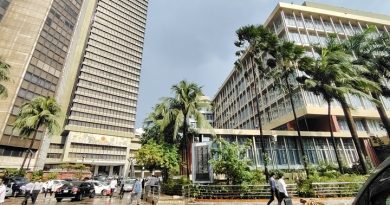Agricultural loan disbursement in Bangladesh surged in August, reflecting higher seasonal demand and the central bank’s continued focus on strengthening rural financing.
According to the latest data from Bangladesh Bank, total agricultural loan disbursement reached Tk 48.26 billion during July–August of FY2025-26, marking a 24.7% year-on-year increase from Tk 38.70 billion in the same period of FY2024-25.
In August alone, banks disbursed Tk 26.72 billion in farm loans, up 28.4% from Tk 20.80 billion in August last year. However, the figure was slightly below July’s Tk 21.54 billion.
The outstanding agricultural loans stood at Tk 595.41 billion in August, a 6.66% rise from Tk 558.22 billion a year earlier. Loan recovery also posted solid growth, climbing 7.2% to Tk 31.19 billion in August from Tk 29.11 billion the previous year.
Bankers and analysts said the rise in disbursement highlights farmers’ growing reliance on institutional credit amid rising input costs and expanding cultivation areas. They noted that commercial banks have become more proactive in extending rural financing under Bangladesh Bank’s renewed emphasis on agricultural lending.
However, experts cautioned that increased lending must be paired with strong monitoring and technical support to ensure productive use of funds. They also urged greater access for small and marginal farmers, who still depend heavily on informal credit sources.
The central bank data show that 5.52% of the annual agricultural credit target was achieved in July FY26. Bangladesh Bank has set a Tk 390 billion target for agricultural and rural loan disbursement in FY2025-26, up 2.63% from Tk 380 billion in the previous fiscal year.
Economist Dr. Masrur Reaz, Chairman of Policy Exchange Bangladesh, said the upward trend reflects a mix of factors — higher production costs, better bank outreach, and improved repayment behaviour among rural borrowers.
“While the growth in agricultural lending is encouraging, more focus should now be on reaching smallholders and marginal farmers who remain underserved,” he said, adding that productivity-linked and climate-resilient financing models are crucial as climate risks increasingly affect rural livelihoods.
Bankers attributed the steady growth in disbursement and recovery to the central bank’s close supervision and farmers’ heightened credit demand ahead of the Aman and winter crop seasons.






